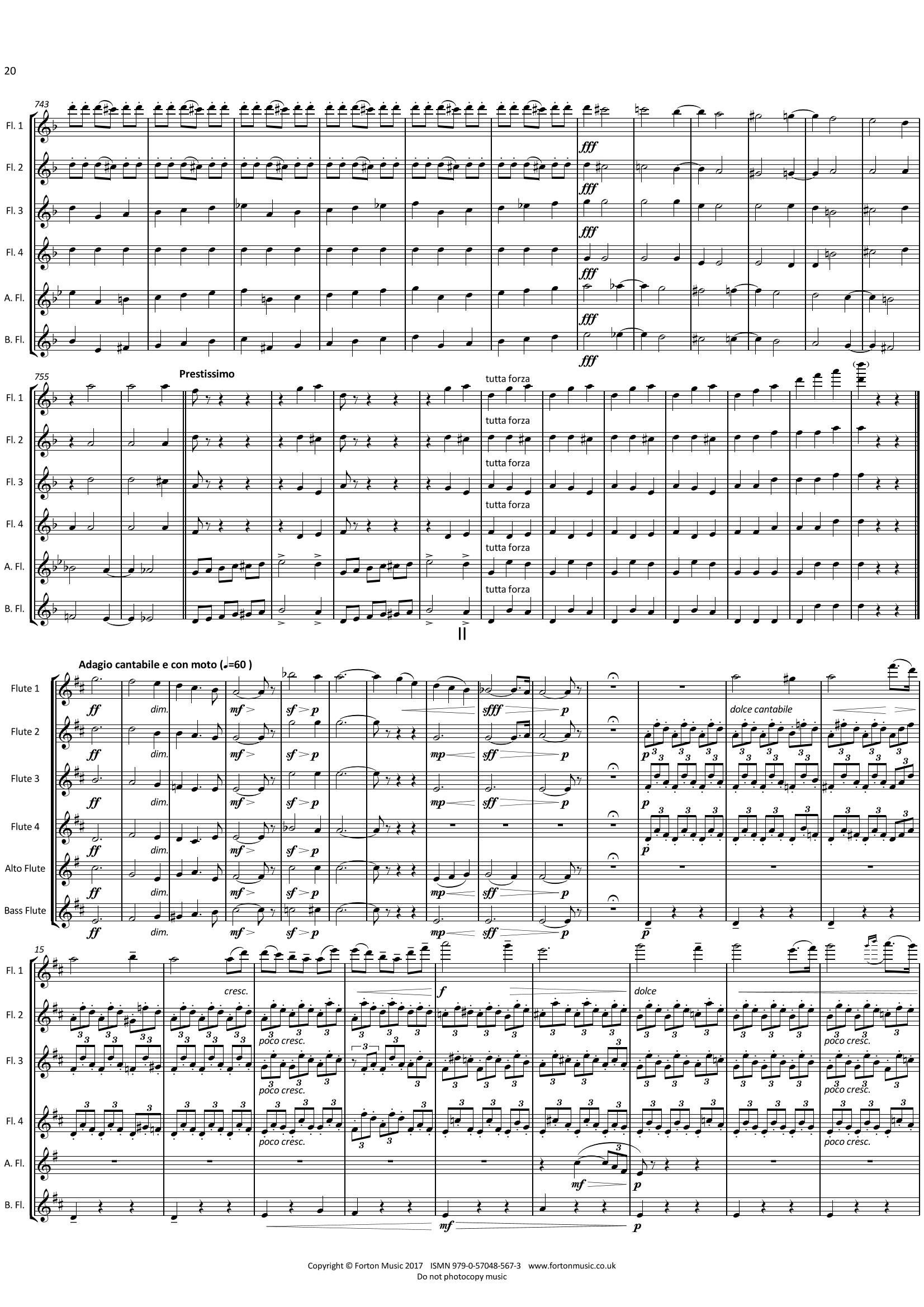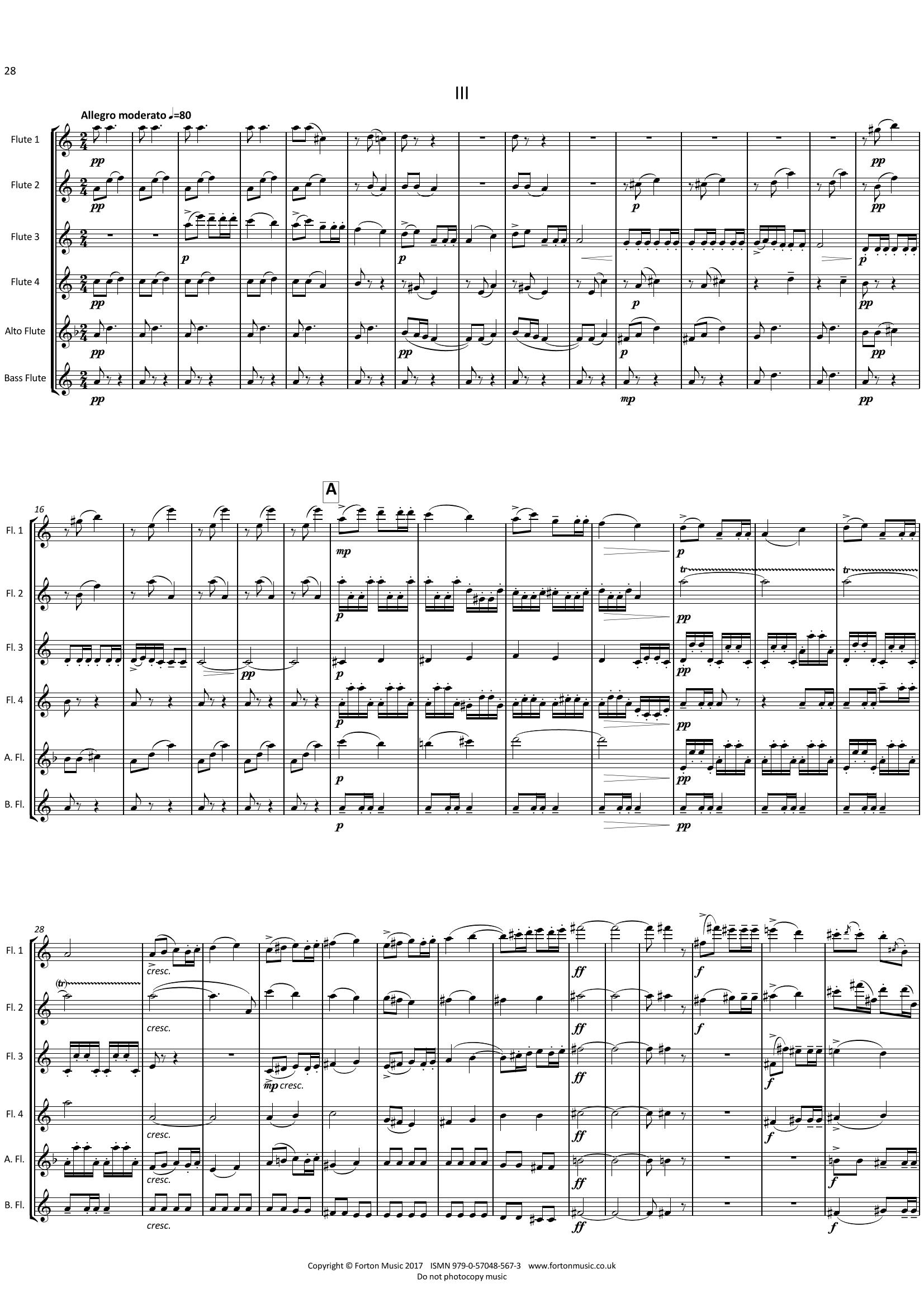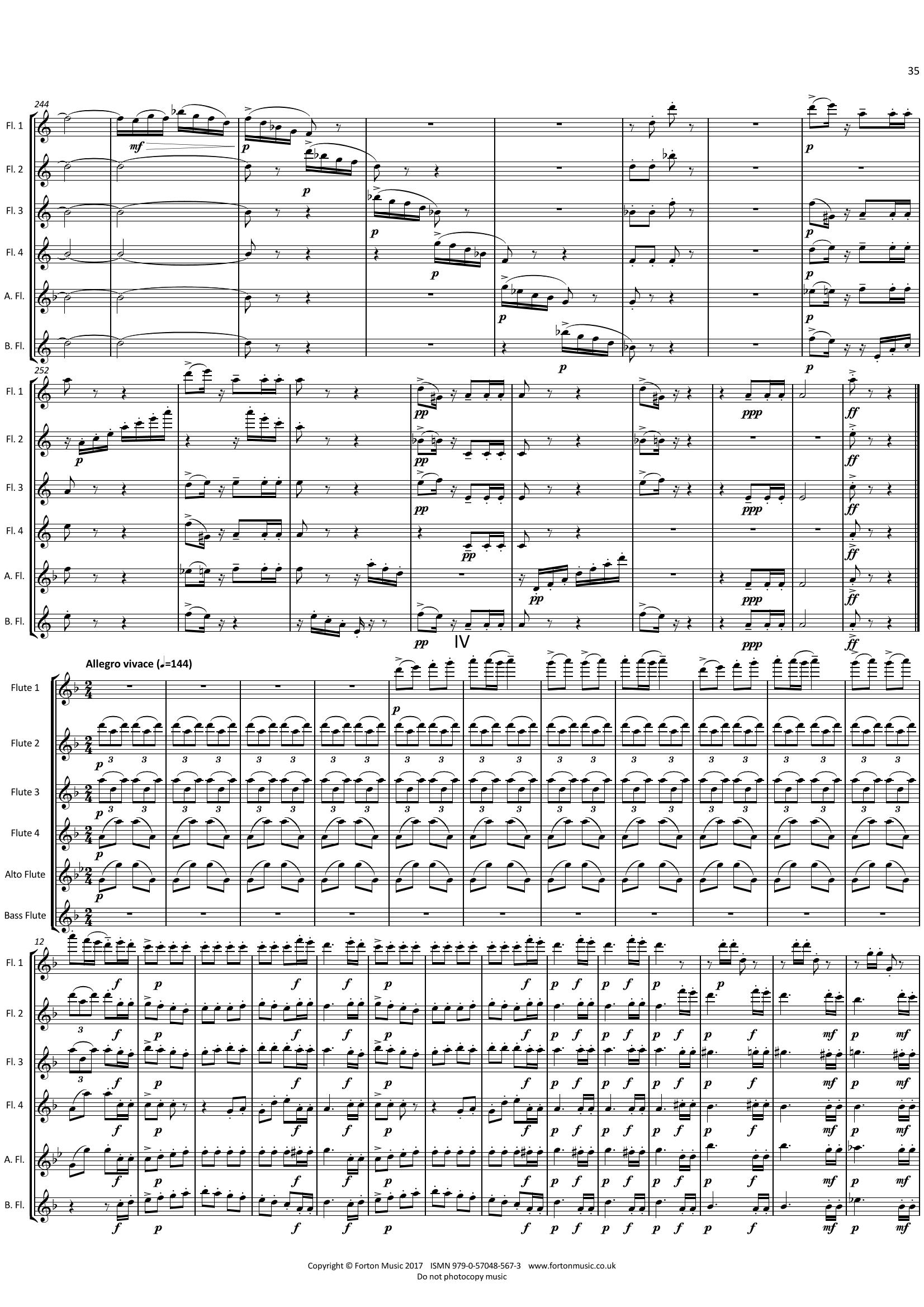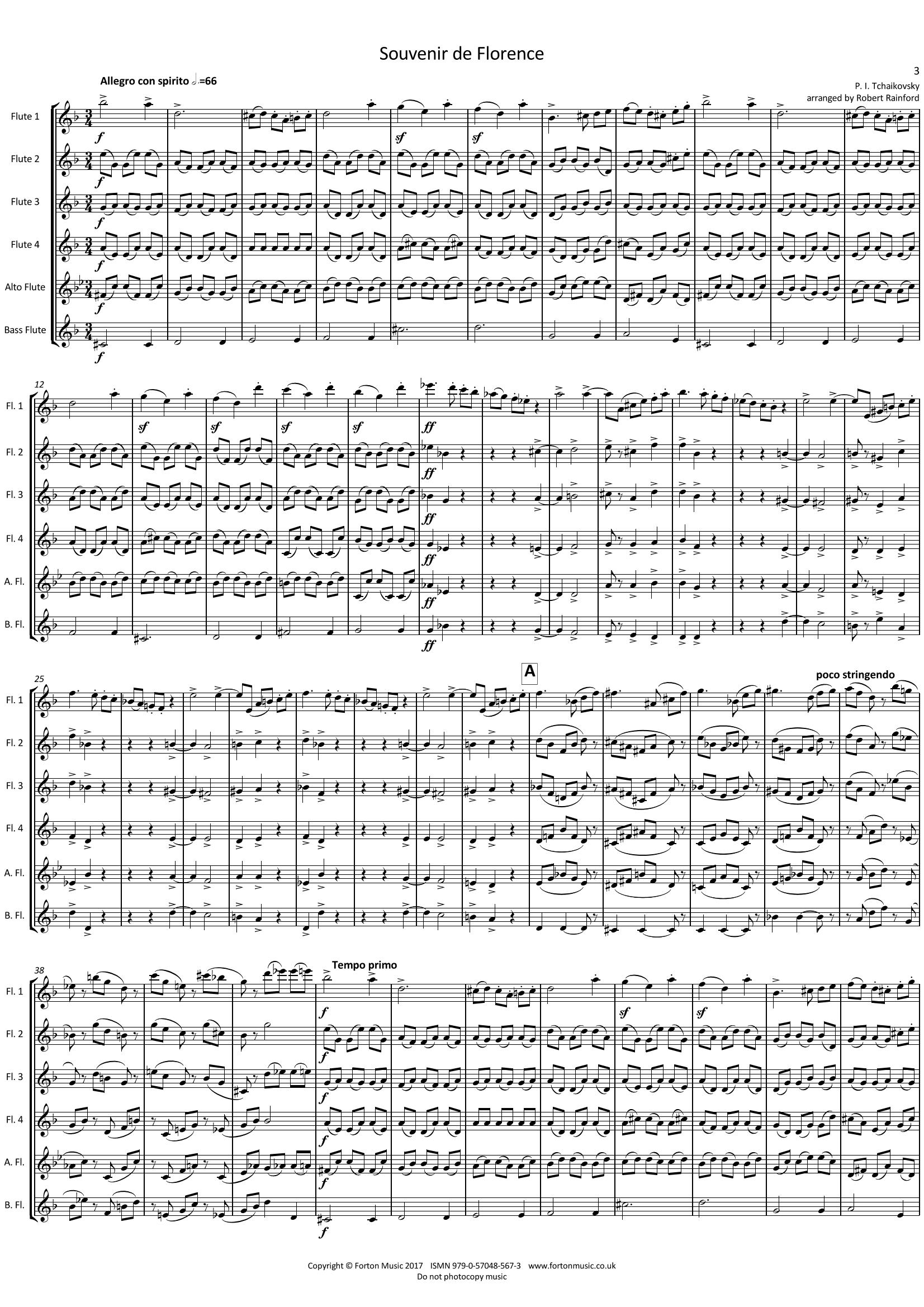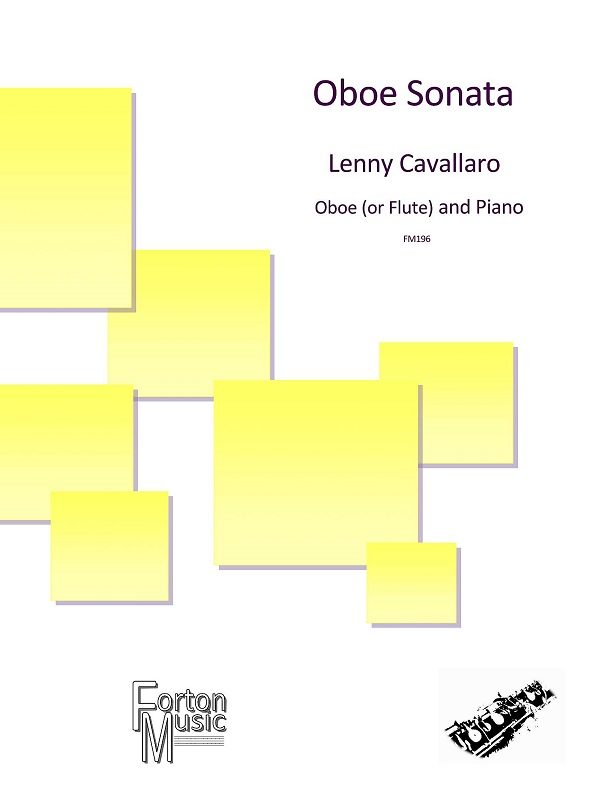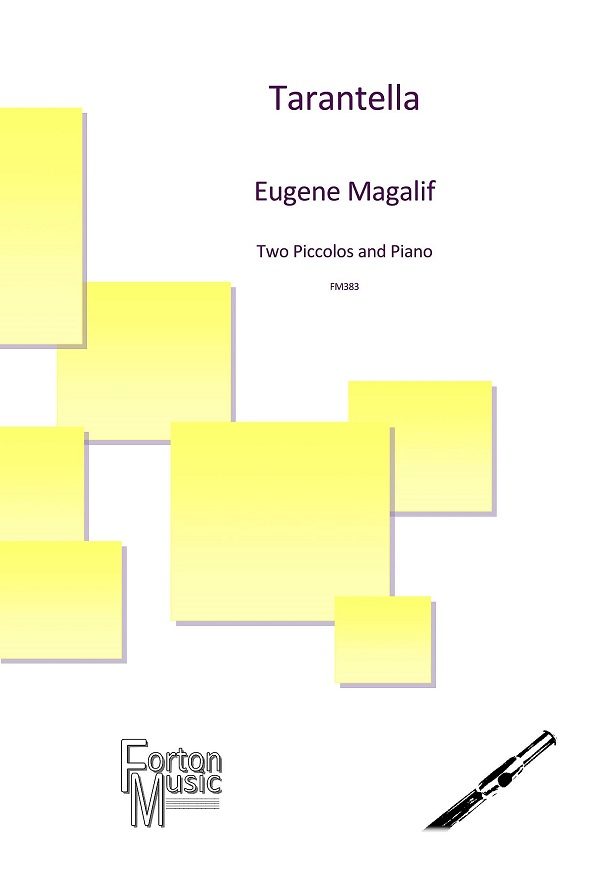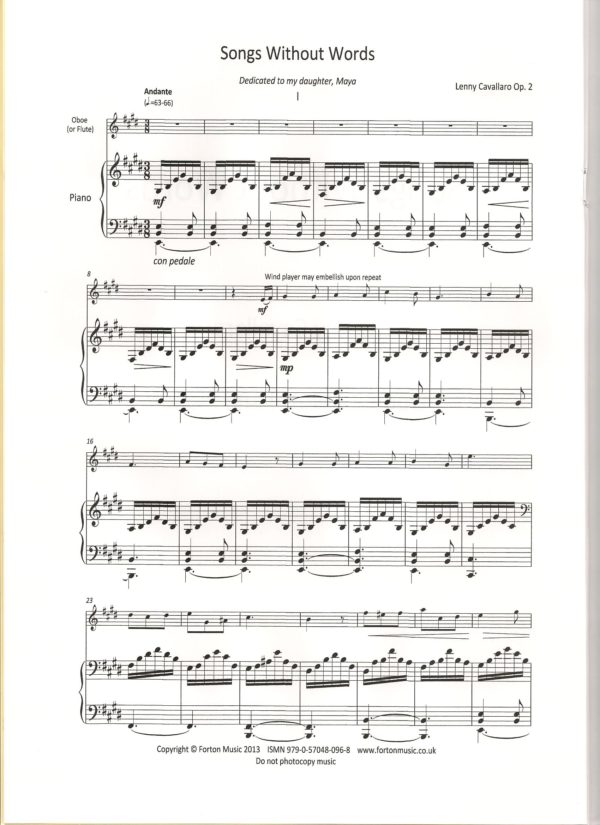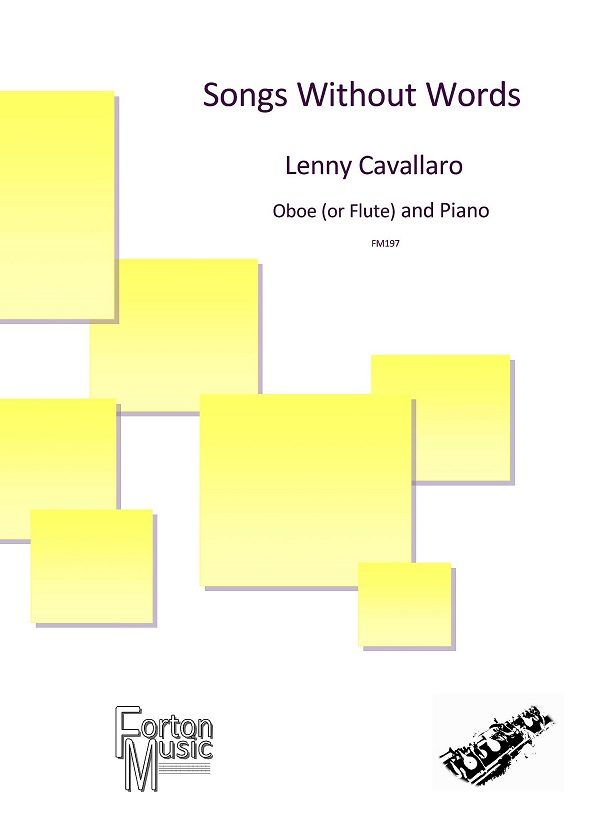Description
This large scale work was originally written for string sextet (two violins, two violas and two ‘celli). Tchaikovsky began the work in 1887, and the work was largely completed by 1890 after a stay in Florence which led him to give the piece its title. Despite its Italianate title however, the music is most definitely Russian in character. The first movement bustles along with a minor, edgy tune over a busy accompaniment. The second subject is light and airy, floating over the top of a simpler accompaniment pattern. Duplet patterns over the triple time accompaniment add an air of Italian lyricism. The usual sonata form then plays out, although the recap of the second subject in the tonic major is a delightful touch. The second movement begins with a slow, solemn chorale like passage almost reminiscent of the opening of the composer’s Serenade for Strings. The first flute then takes a languid and florid tune, over a triplet accompaniment pattern in the flutes. This is soon joined by the alto flute in an extended, imitative duet passage. The duet passes through all the flutes and through a variety of keys. It is interspered with brief recollections of the homophonic opening, but returns to bring the movement to a calm, contemplative ending. The third movement’s main theme sounds like a traditional Russian folk song. After an initial statement of the theme, Tchaikovsky then uses it to create a fugal episode with the instruments in pairs. The middle section of this movement has echoes of Mendelssohn’s music for the Midsummer Night’s Dream, with it’s quiet, high repeated semiquaver patterns and agitated lower parts. The fire and fury of the opening movement returns, with the tune frequently appearing in the alto and bass flutes, but despite this the music quickly dissolves to a quiet ending. The fourth and final movement also has a very Russian sounding theme. This time however, the composer takes it on a fugal journey through all the instruments in every combination, before transforming it into the tonic major for a triumphant conclusion. This is a mature, large scale work by the composer, and as such presents several challenges in this flute arrangement. Firstly, it’s very long – the first movement alone last about ten minutes, with the whole piece lasting around thirty minutes. This will make it a stamina challenge, particularly for the alto and bass players. It may be advisable to double up on the parts to allow players a chance to rest. Also, with it originally being string music, breathing is an issue. A minimum of two players per part would make room for breathing to be staggered between the players. The movements may also be performed separately. Finally, the music itself is not easy. It contains complex rhythms, extreme keys, and some difficult interplay between the parts. While doubling up on parts will make breathing and stamina easier, it may be advisable to reduce some passages to single players only for the neatest effect. However, it is well worth the work to discover a lesser known gem by this well known composer.


